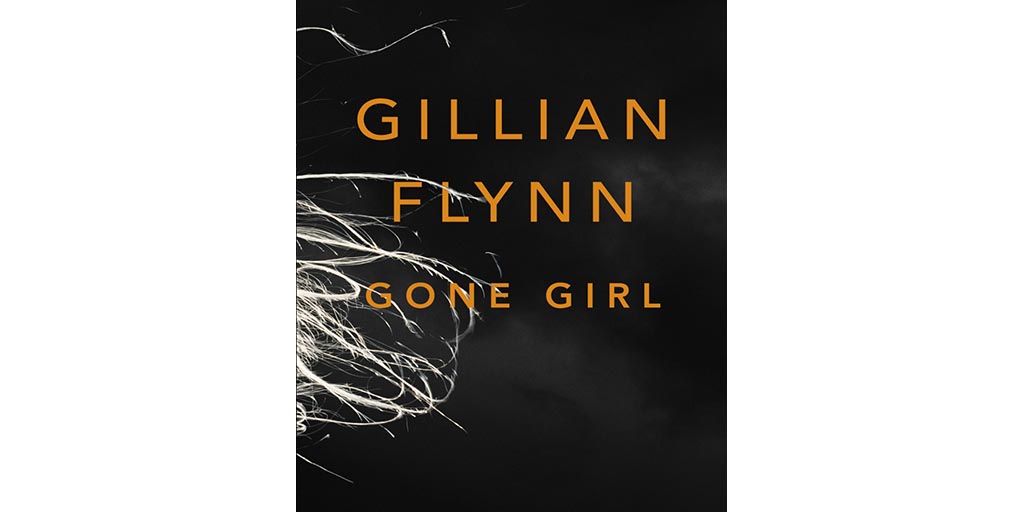Gone Girl presents alternative facts of marriage
 CREDIT: CROWN PUBLISHING GROUP
CREDIT: CROWN PUBLISHING GROUPWith all this talk over alternative facts and fake news, sometimes it's necessary to take a step back and look at the effects of mass media. Gillian Flynn's novel Gone Girl is an electrifying thriller with a perfect mix of underlying media commentary.
The title of the book should be familiar as a film adaptation was released in 2014 starring Ben Affleck and Rosamund Pike. But with every other book-to-movie transition, small details and introspective narration make for a much more engrossing experience.
The book follows married couple Nick and Amy Dunne through the first five years of a troubled marriage, beginning with real-time narration of Nick's perspective of their fifth anniversary and past diary entries by Amy. The switch between narrative styles paints a confusing picture: are things really what they seem in this marriage?
While Nick doesn't seem the happiest about his marriage, we hear a different story from Amy. She seems so genuinely excited when she writes about Nick that it's almost impossible to think that things could be anything other than perfect.
However, tragedy cuts through their anniversary festivities when Amy goes missing from their home. Nick returns to a house full of cops, and a crime scene that wasn't there when he left in the morning.
The juxtaposition between the two accounts of the marriage is where this thriller shines: it turns into a real “he said, she said” affair with Nick saying one thing, but then is refuted by evidence or descriptions from Amy's journal. The reader takes on the role of the investigator as they try to decipher what happened in a massive spider web of deception and trickery.
Major themes in this novel are the disconnect between internal and external appearances: the Dunne's marriage may seem like a bit of a mess but it's far from the abusive, emotionally dead relationship depicted in Amy's notes. Things aren't always as they seem at first glance.
As the story progresses and the theory of Nick killing his wife emerges, the book's critique on the role of mass media in creating fair coverage of events comes into centre stage. Nick seems guilty even before he's gone to trial or the facts have been uncovered, all thanks to the media. While stories must be reported as quickly as possible, this novel emphasizes that only the facts should be printed.
This novel is full of twists and turns, enough to keep the pages turning until the late hours of the night. The book is divided into three sections, and each has their own big revelation. The prose around these parts becomes extremely detached and turns into a stream of consciousness to emphasize the effect of these twists. The first one was overwhelming enough that it had to be read a second time.
Flynn's experience as a magazine writer aids the legitimacy of the Dunne's marriage and financial situation. Both Dunnes are recently laid-off writers, which creates an extra layer of tension between the two and their recounts of the story.
Fans of the movie will be pleased with an extended ending, while the conclusion is the same, a few extra details are crammed into the chilling finale.
Flynn has written a real showstopper of a novel, with a message that has become more relevant than ever. In wake of a certain president's comments on the subjectivity of facts, the messages to put every detail under scrutiny and think outside of what the media says are necessary to working through the wild ride that is 2017.














